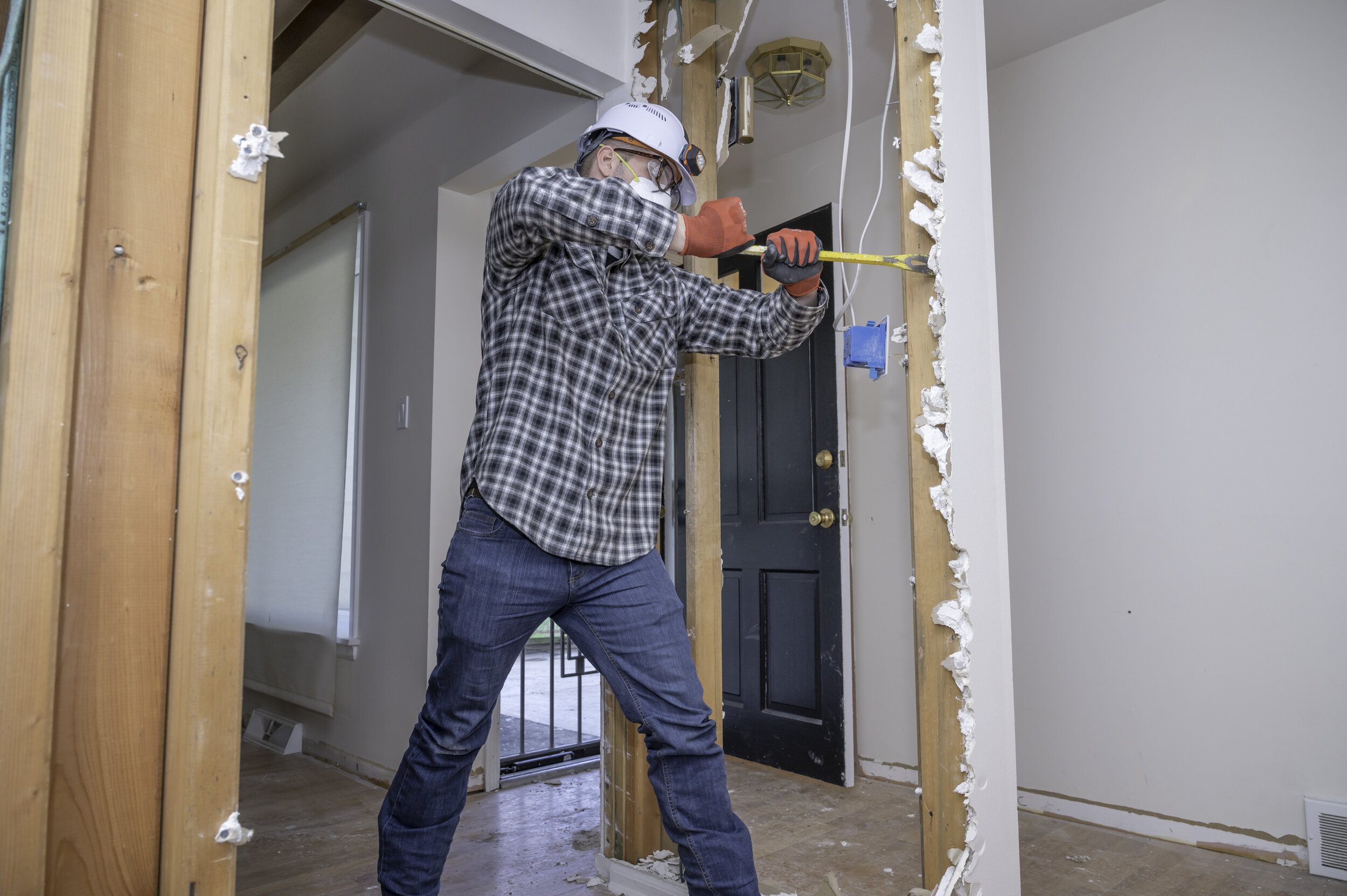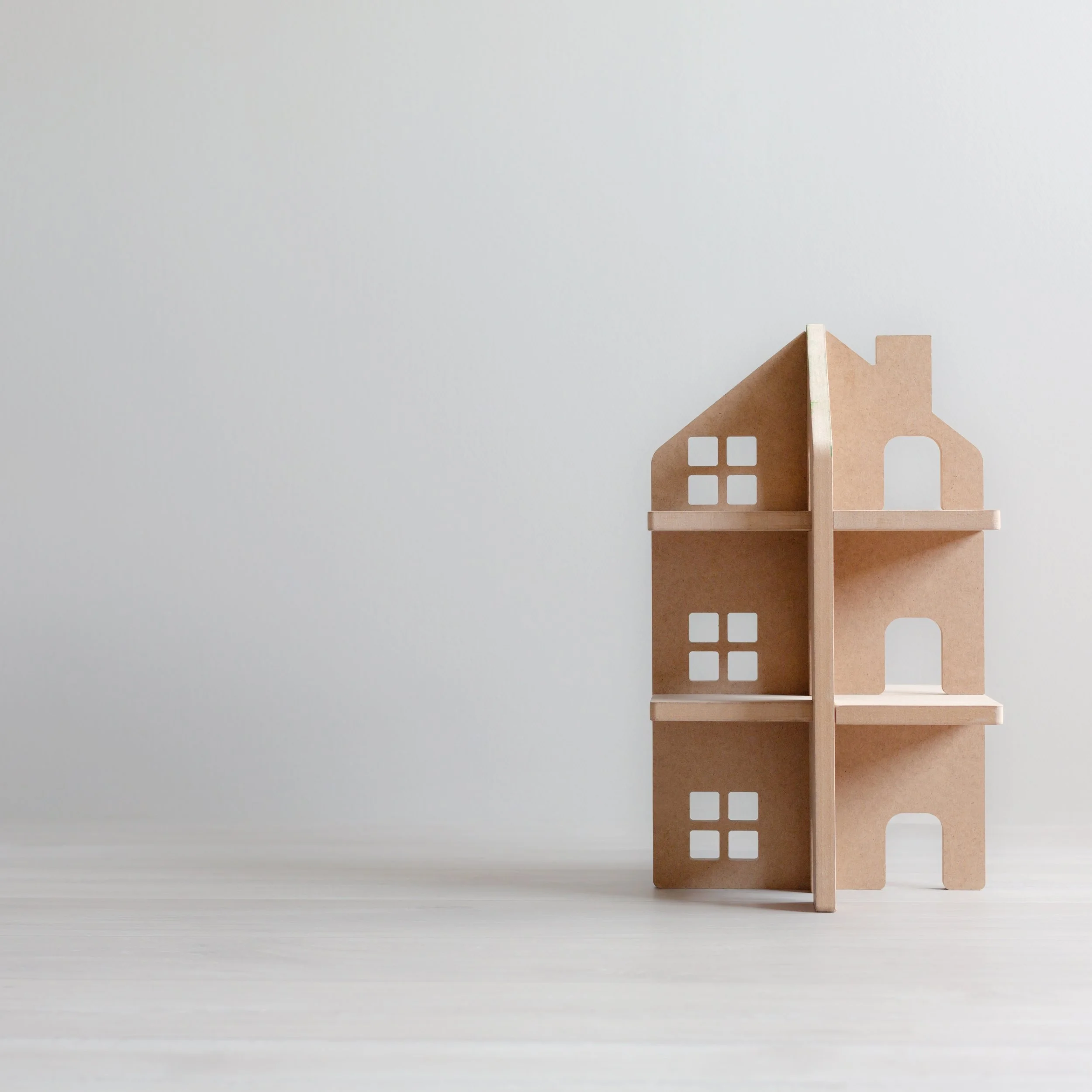If you're a homeowner, there's a good chance that you need to remodel now or will sometime in the near future. Additionally, low interest rates and the thriving housing market make now a great time to remodel.
But before you go jumping into a housing update, you'll want to familiarize yourself with the remodeling process. This process is the steps you'll take as you plan and adapt your renovation.
Beginning with the realization that home remodel is in your best interest, the following is a brief guide on how the remodeling process works.
1. Define a Problem or Opportunity
First, there has to be a reason that remodeling is right for you. On the off chance that you just happen to have the money and are bored, remodeling should still make sense from a value perspective. You'll want to make upgrades that improve upon the value of your home should you decide to sell.
With that in mind, you will need to define a problem or opportunity that is central to the quality and functionality of the home. Here are some examples:
You want to improve the usability of a room.
You can’t stand the look of a space.
You want to reduce the frequency of maintenance work on the home.
With such a problem or opportunity defined, you can then proceed to make a plan that incorporates the solution and keeps it in focus.
2. Make a Plan
Planning is the next stage in the remodeling process. This is where you decide exactly what you're going to do and what the process is going to look like. At this stage, you'll need to make all of the most important decisions in regards to the remodel.
You'll start with budgeting. Depending on your financial situation, you should have a number in mind that works for you. Maybe it will take financing to help you get to this number. Nevertheless, you need to set a strict budget so that you don't end up damaging your overall financial goals.
From here, you will assess exactly what area of the home you'll be remodeling, how you'll be remodeling it, and who will be doing the work. Based on your problem statement, you'll be able to narrow down that first. Then, your tastes and budget will inform the second. Finally, your own level of skill and commitment to the project will determine who ends up doing the work.
If you have experience doing the kind of renovations that you want, a DIY approach to a home remodel can work out just fine. However, if you doubt your ability to create the kind of space you envisioned, you might want to hire a contractor.
Consider your budget as well as your schedule and family needs to whom the right remodeling plan for you.
3. Apply for Permits
Only when you have your plan concretely laid out should you advance to the permitting stage of the remodeling process. At this point, you'll do your research into local ordinances and determine exactly what permits you’ll need and why.
Every state, county, and city can vary and they're building ordinances and zoning regulations. Meanwhile, your homeowner’s association may not approve of the kind of remodel you're looking for. If the prospect of learning and following all necessary regulations is daunting to you, this might be another great opportunity to contact a contractor.
Regardless, a little research can help you find what you need secure authorization for your remodeling project.
4. Demolish
Then comes the fun part. This is where you begin to break down the area of your home so that you can build it back even better.
Demolishing is often one of the cheapest and quickest parts of the process, But that doesn't mean it's all fun and games either. You'll need to have a safety plan in mind and ensure that you know the location of your wiring, plumbing, and studs before you just go tearing into your home.
Then, you'll need to secure the demolished area of the home during the remodeling process so that it doesn't present a hazard to children or animals, if you have them. Before you start demolishing, it helps to have all the safety materials end partitioning equipment you'll need to close off areas of your home and maintain levels of comfort for your family if you're still living on site.
5. Remodel
Finally comes the remodeling stage. This climactic part of the remodeling process will be the most rewarding and perhaps the most challenging.
During the remodel, you or your contractors will make all the proper installations, updates, and improvements, that you've planned out. But no plan goes exactly as intended. You will no doubt run into obstacles that require innovation and problem-solving. At these times, all you can do is try to stay under budget while making compromises.
Then, ensure you schedule all required inspections based on your municipality. Most general contractors will take care of this part of the process for you. However, it's always a good idea to understand what's required long before you begin the remodeling stage.
Add your finishing touches and artistic details, and enjoy the benefits of a newly remodeled space.
6. Win
With a completed remodel, you are ready to win as a homeowner. Perhaps you are turning the home around for a lucrative sell or perhaps you intend to live there for the rest of your life. Regardless, a remodel should represent a victory for you.
At the end of the process, reevaluate your problem statement and your goals and determine if you've resolved them effectively. If you're not sure you can get there on your own, there are plenty of helpful experts waiting to talk to you.
For more information on remodels real estate investment, contact 208.properties or find us on social media.













